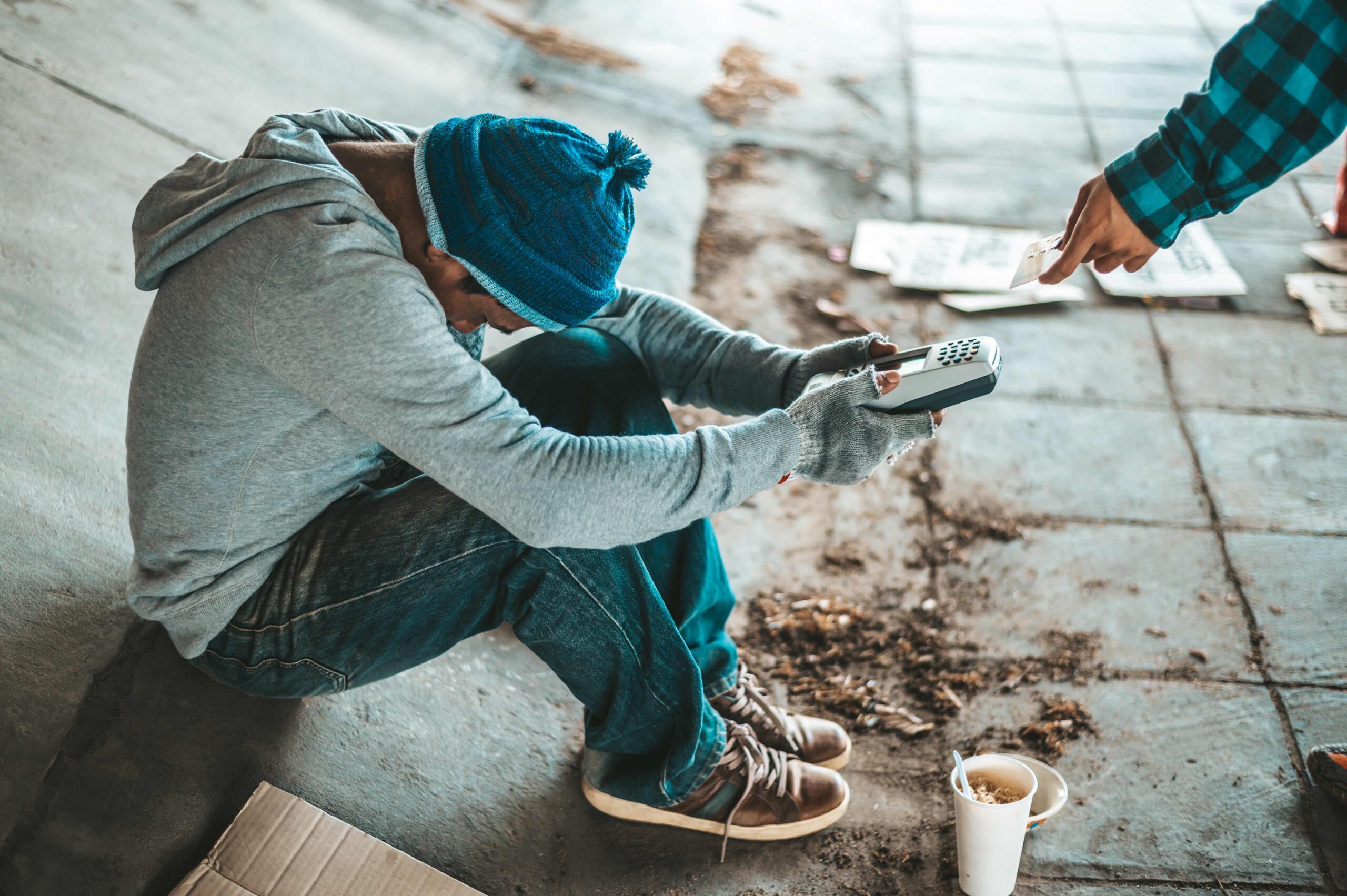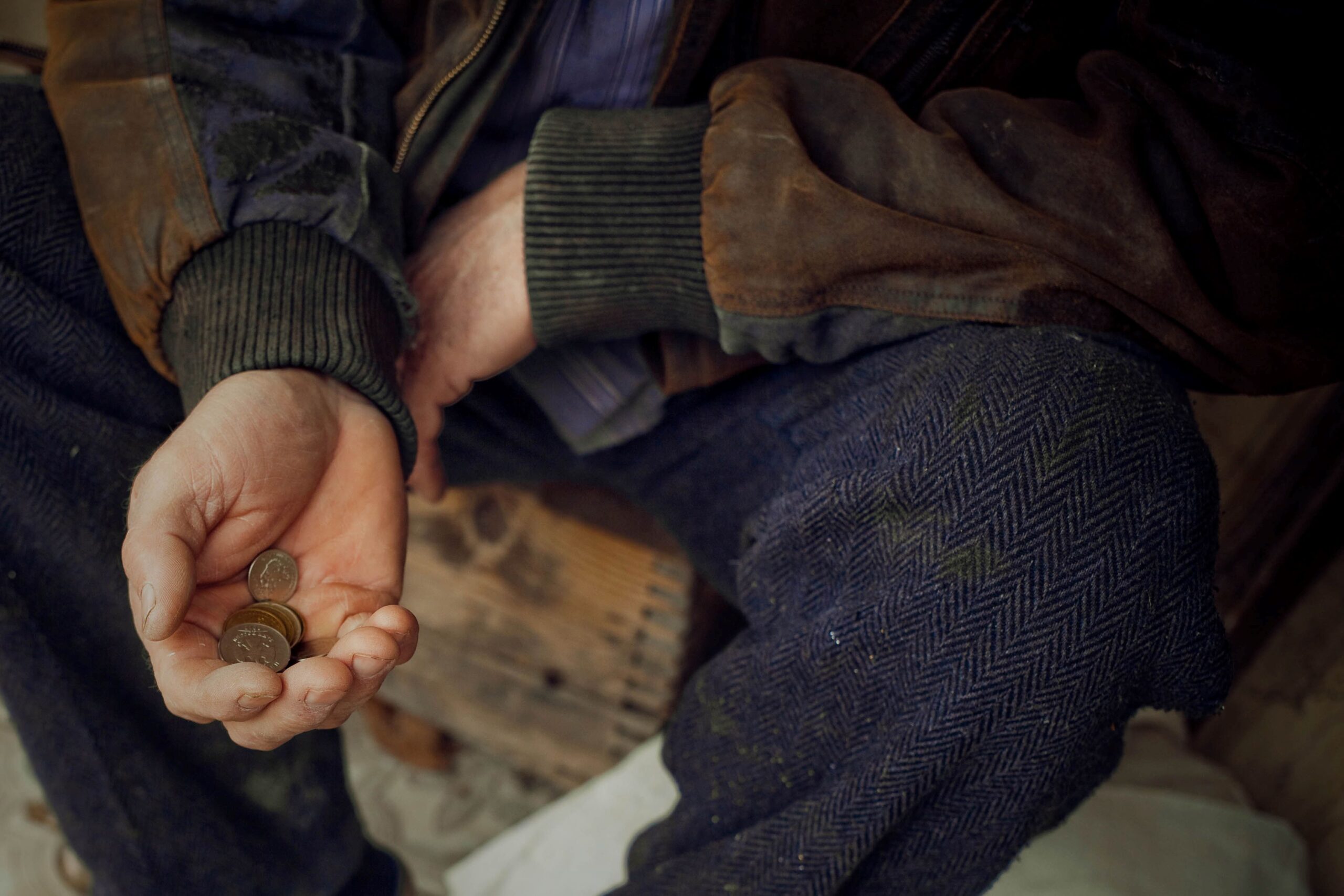
Revisiting Poverty: Why the Numbers Were Recalculated
Global poverty data isn’t static. It moves with inflation, global trends, and shifting economic baselines. In its latest update, the World Bank introduced new estimates designed to offer a more accurate reflection of poverty in a changing world.
The adjustments were prompted by two key developments. First, updated purchasing power parity (PPP) conversions allowed for better cross-country comparisons. Second, the shift aimed to account for rising living costs in low- and middle-income countries.
It wasn’t a cosmetic update. The baseline for extreme poverty—previously $1.90/day—was recalibrated to $2.15/day using 2017 PPP values. This subtle shift redefined the global poverty line and the populations it includes.
It followed. Not quickly — but firmly.
What the Data Says Now
World Bank figures show that around 719 million people fell under the revised poverty line in 2020. This figure represents around 9.3% of the global population—up from earlier estimates. The spike reflects not only the updated benchmark but also the economic setbacks of the COVID-19 pandemic.
Sub-Saharan Africa remains the most affected region, with more than 400 million people below the revised poverty line. South Asia, although showing long-term decline, still holds a significant share.
Other regions saw more nuanced trends. Latin America experienced reversals linked to inflation and employment instability. East Asia and the Pacific showed improvement but with variation across countries.
The recalculation also exposed how previous models underrepresented groups hovering just above the older threshold. Millions who were once counted as “near poor” are now considered below the line.
Numbers adjusted. Rechecked. Then used again.
What This Means for Global Development
The implications of the updated data ripple beyond statistics. The reframing forces governments and international agencies to reassess progress toward Sustainable Development Goal 1: ending extreme poverty by 2030.
While past projections suggested a downward trend, the new figures show a flatter curve. Economic development indicators must now account for broader vulnerability, especially among those who previously appeared just outside the poverty zone.
Policy shifted. A little.
Programs designed to target only the “bottom billion” may miss large groups now classified as at-risk. Social safety nets, nutritional aid, and education access strategies must expand in response.
How we measure poverty matters — it’s not just a technical detail. They influence funding allocation, debt relief terms, and public perception. A shift of a few cents in the global poverty line can determine eligibility for aid in dozens of countries.
The message isn’t crisis. It’s calibration.
A Snapshot of Key Shifts
The updated estimates mark a shift in both scope and strategy. Here’s what stands out in the updated World Bank data.
- New threshold: $2.15/day (in 2017 PPP), up from $1.90/day
- Total in extreme poverty (2020): ~719 million people
- Region most affected: Sub-Saharan Africa

- Groups newly included: those previously just above old poverty line
- Drivers of increase: pandemic, inflation, updated data models
- Policy impact: redefinition of target populations for global aid
What to Watch Moving Forward
The new estimates are a reminder that poverty isn’t just about numbers—it’s about thresholds that move with time. As global conditions evolve, so must the tools used to measure well-being.
Still, the challenge isn’t only measurement. It’s about seeing who ends up below the line — and what brought them there. Urban poor, climate-displaced communities, and informal laborers often slip through statistical cracks.
Not uniform. But visible.
The World Bank’s recalibrated data provides sharper focus. But better lenses don’t solve the problem — they just clarify where to look.
As international stakeholders prepare for the next round of development benchmarks, this recalibration serves not as a setback, but a reset. One that might better reflect the depth — and complexity — of poverty worldwide.
